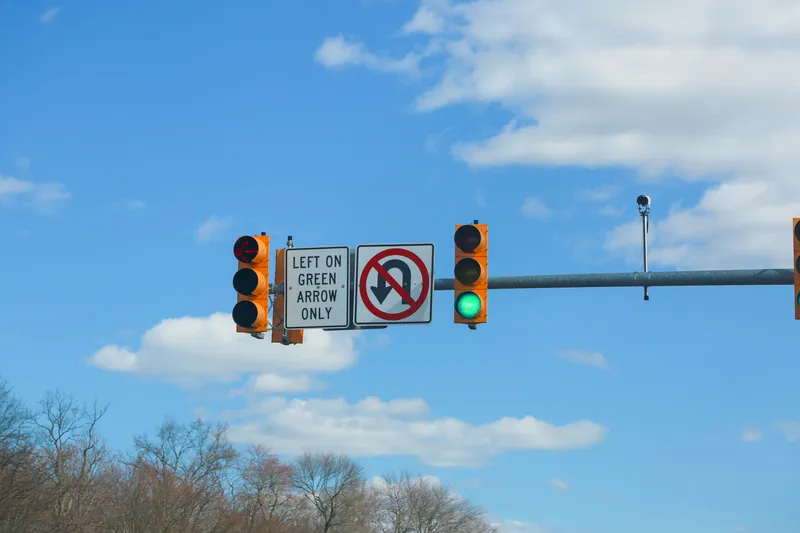
Amey Consulting will design a major pedestrian and cycle bridge over the River Trent as part of an ongoing inner city redevelopment in Nottingham, England.
The £9.2 million bridge project is one aspect of the city’s 27-hectare Waterside site, a mostly disused former industrial area.
Waterside is being transformed into what the city says is a “new sustainable community” along the river from Trent Bridge to Colwick Park.
The redevelopment will connect with the city centre and is part of the wider Nottingham Southside regeneration with £2 billion of development over 130 hectares.
A broad riverside walkway for pedestrians and cyclists has also been proposed.
Among the main considerations for the design is integration with Nottingham’s existing walking and cycling network. The crossing is set to be completed by Spring 2023.
“The bridge is a key component in the Waterside Regeneration area, providing infrastructure to encourage walking and cycling, including linking to the city’s existing cycling corridors,” said Adele Williams, portfolio holder for transport at Nottingham City Council.
“It will ultimately help to reduce unnecessary car journeys and air pollution, having a positive impact on the health and wellbeing of everyone in the city.”
Funding for the bridge is from the UK government’s Transforming Cities Fund. The client is Nottingham City Council, working with Nottinghamshire County Council and Rushcliffe Borough Council.










